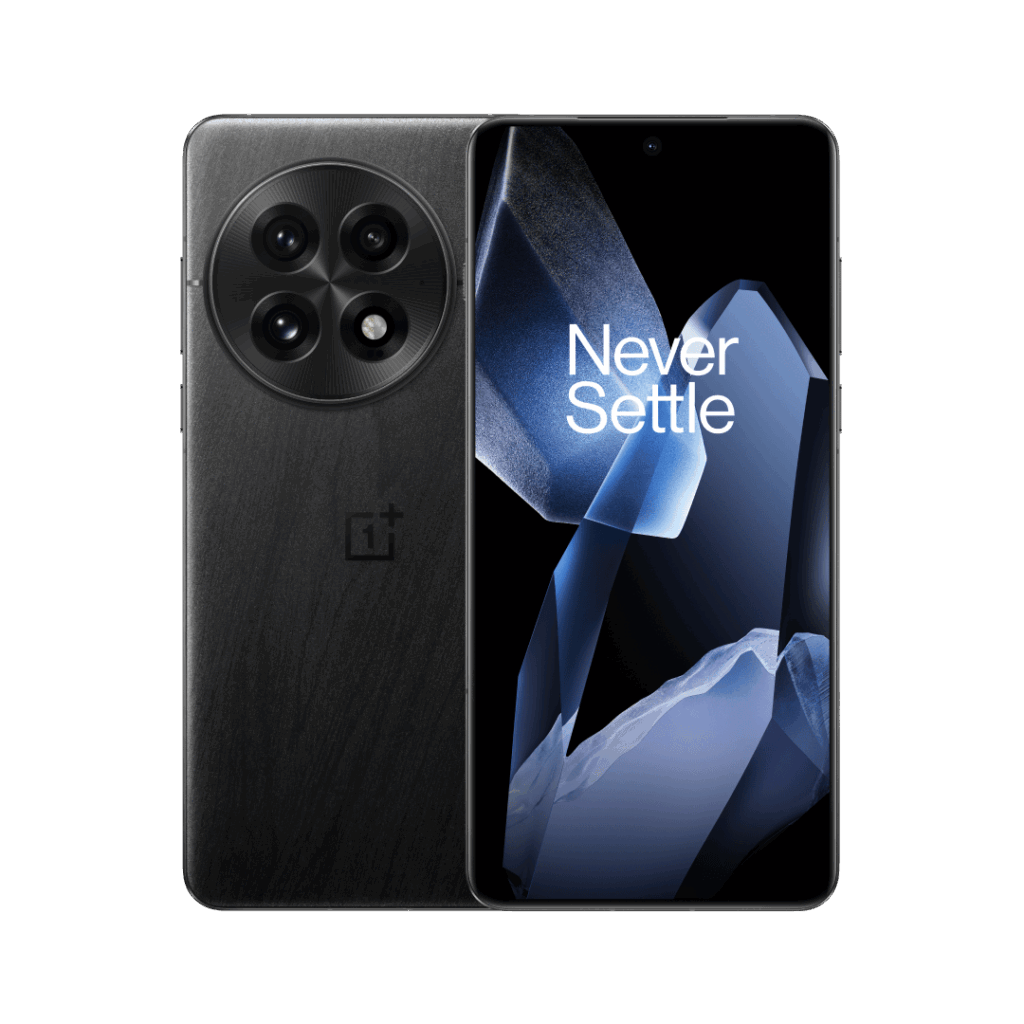In a world that’s currently going mad I came across a post a couple of days ago that got me thinking. It was a group of Apple users actually panicking about these US import tariffs and what it could potentially do to the next generation of iPhone pricing. There was one user in particular that was outraged at the prospect that he might have to keep his iPhone 16 Pro Max for longer than a year. He had obviously become so accustomed to upgrading his phone ever 12 months that the mere idea that he would have to keep it for longer than this enraged him.
Smartphones are a relatively mature tech segment nowadays, I’ve written about it at length but innovation has ground to a halt and upgrades are very small and incremental year on year. Back in 2012 we were seeing differences between yearly models that would be comparable to 5 years worth of revisions today. Stagnant would be an appropriate description but I’d argue it’s not a bad thing, for the end user of the products at least.
You DO NOT need to upgrade your phone every year. In fact, I’d go as far as saying don’t need to upgrade your phone unless it’s broken. I’m saying this as much to myself as I am you readers, and I’m aware that the average person not interested in the tech space is not guilty of this. As tech enthusiasts we need to realise that the days of rapid developments and innovating features are gone from the smartphone segment. The excitement is dead.
A better way of thinking of smartphones would be the same way the majority of us think of laptops. You use a laptop for as long as it works, if possible you replace the battery when it needs it and would only consider replacing the device when it no longer functions as you need it to. Unless you’re in a very small minority that still gets excited over new models of laptops, they are just tools. We need to shift our way of thinking about smartphones to this same philosophy.
If all you’ve clicked on this article for was to find out my hot take you can stop reading now. TLDR: If you’re smartphone was made on or after 2020 and was a reasonable spec at the time, you don’t need a new one. Keep using it, stop looking at the new releases and save your money!
A large part of what spurred me to write this post was my recent experience with an iPhone 11 Pro. I acquired the device after my terrible experience with the Samsung S25 to find out if iOS suited my current requirements better, as I’d tried a lot of recent Android devices and wasn’t happy. In short it did. But the unexpected discovery I made was that a device released in 2019; 6 years old was fast, did everything we would reasonably expect from a 2025 smartphone and with a replacement battery lasted me a couple of days between charges.
It has a great set of cameras, has NFC for contactless payments, it’s design holds up well, the screen is very clear and has great colours and it runs the latest version of iOS therefor there would be no apps that are incompatible with this device. For 99% of iPhone users this phone has everything they need. Nobody needs the car crash that is Apple “Intelligence”, and you could live without a 120hz refresh rate. Aside from those two, which are arguably not even features there have been no meaningful additions to iPhones in the past 6 years.
Comparing an older Android to now is a bit more difficult. Up until very recently Android phone manufacturers were not updating their phones past 3 years as a maximum. However a device that released in 2019 would’ve shipped with Android 10, and with 3 years of updates would’ve been updated to Android 13. Almost every app on the play store is still compatible with Android 13, so using a device from then would still be possible. The Pixel 4, Galaxy S10 and the Oneplus 7 were all released this year, and while none of them are officially supported by their manufacturers anymore they are still very usable today. Even Android version updates have become minimal to the point where I would struggle to tell the difference between Android 13 and Android 15 without delving into the device settings. Using the Galaxy S10 as an example; you get a high resolution OLED screen, 3 cameras, WIFI 6, wireless charging and a CPU that still gives todays mid range devices a run for their money. With most major Android manufacturers now promising 7 years of updates there should be nothing stopping us using one for a decade.
With all the self justification in the world there is nothing stopping any one of us using a device until it is at least 5 years old. The battery will most likely want replacing at around the 3 year mark, but that’s not a hard job for the handy and an inexpensive repair for those that aren’t. I gather that a lot of people replace their devices when the battery no longer lasts as long as they need it to, and perhaps in 2027 when the EU mandate of user replaceable batteries comes in that will change.
I purchased my iPhone 16e with the intention of following my own advice. Yes I could’ve continued using the iPhone 11 Pro for a little longer, but realistically iOS 18 is the last update it will receive. I am sick of setting up new devices so I wanted a device that I could keep for a long time, and I intend to do just that. The iPhone 11 Pro was gifted to a family member who was still using an iPhone 10R. The iPhone XR got treated to a battery replacement and was then given to a colleague who’s iPhone X had succumb to water damage, so even at or beyond the end of their life cycle these devices are still serving people well.
The average replacement cycle of a phone globally is 2.5 years. At least in the UK, due to the ever increasing prices of the handsets the contracts are being stretched out to 3 years, so I imagine this will increase the average somewhat.
A lot of average users are hesitant to sell their old devices, due to not being able to back up their data or concerns about a bad actor getting hold of their data. So rather than getting a second life they just sit collecting dust until they’re too old to be useful and then discarded. Arguably this is a worst case scenario for a smartphone, and these people in particular are the ones that should be encouraged to keep their devices for longer.
I think what we’re seeing from phone manufacturers currently is desperation. They know they’re not innovating, and that the reason to buy a new smartphone regularly is diminishing. So they’re turning to marketing, relying on software features and gimmicks that could easily have been a software update on their existing models to sell phones. This won’t last forever though, I would hope that the average consumer will start to see through this veil and realise that there are not enough meaningful differences between a phone sold 5 years ago and now to justify the exorbitant cost that manufacturers are demanding.
We’re seeing a similar issue to what has happened to the car market. Buyers have got so used to buying their cars on finance that the actual selling cost is irrelevant to them, as long as they can afford the monthly bill they’re happy, regardless of the clauses or the duration of the contract. With this, people are now spending eye watering monthly sums of up to £1000 on cars they really can’t afford to put fuel in, let alone maintain, and while the cars are still selling the manufacturers will keep raising the prices.
For most it would be unthinkable to spend £1500 outright on a smartphone, but for around £40 a month for 3 years that suddenly seems a lot more palatable. Add in the SIM part of the contract and it’s not uncommon to see £100 a month phone bills. If customers can start breaking out of these contracts, and only have to pay for their data, minutes and texts for less than £10 a month I doubt many of them would want to go back to their big bills, especially in the economic climate we face today.
This is wishful thinking, but a major turn like this in customer spending might just force smartphone manufacturers to drop their prices, and potentially move away from annual or even biannual release cycles.






